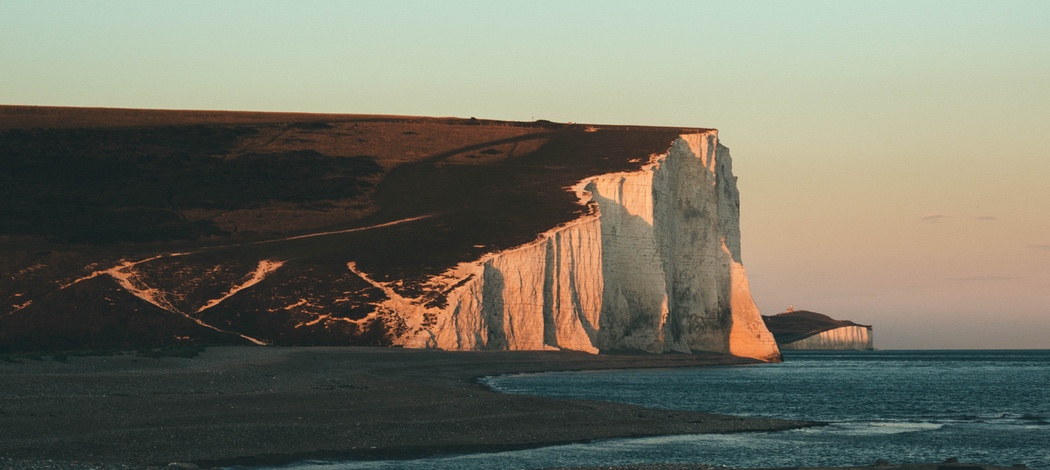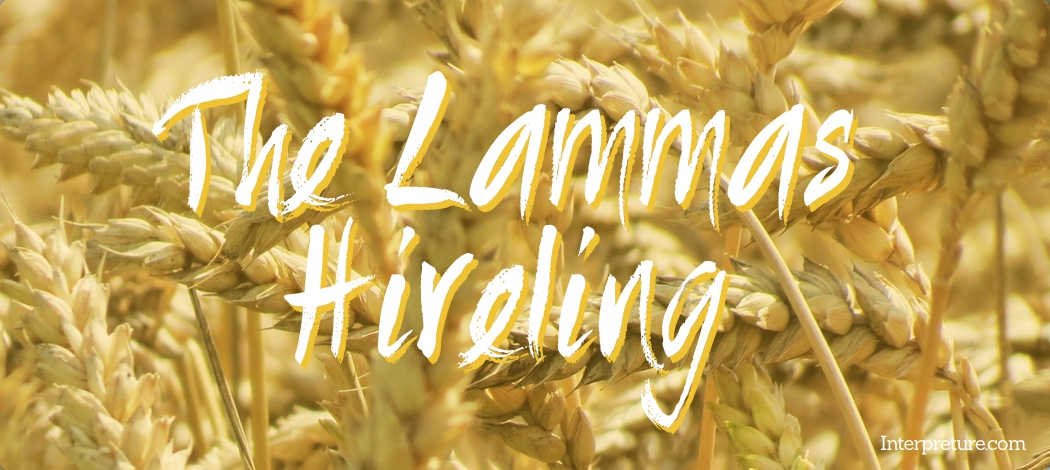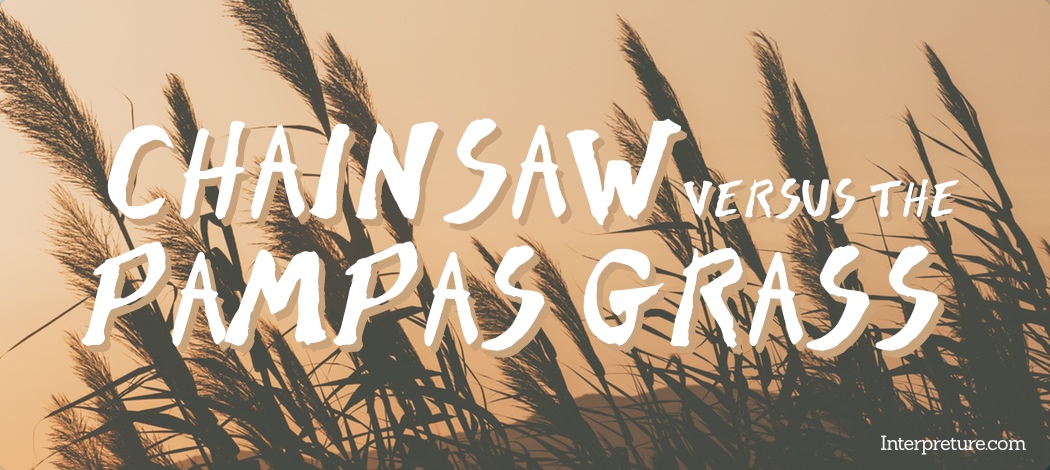‘Look We Have Coming to Dover!’ is a poem by Daljit Nagra which considers immigration to the United Kingdom and the development of cultures as they mix and merge in different countries. Born in London in 1966, Nagra often examines the idea of ‘Britishness’ and Asian culture, and the different ways in which they combine and change within society. This includes using ‘Punglish’ which imitates English spoken by those whose first language is Punjabi to help show experiences of people of Indian origin who are born in the UK.
This poem is part of the set of prescribed poems that could be included in the Edexcel English Literature exam, meaning that it is important to study, understand and revise this poem. This poem was an examined poem in the 2017 AS Level Exam. Click here to see all the prescribed poems from the ‘Poems of the Decade’ collection.

Interpreture gives ‘Look We Have Coming to Dover!’ a difficulty rating of 3, meaning that it is deemed to be of average difficulty. While some choices of language and structure may be challenging for students, the variety of techniques enables a whole range of comparisons, and the themes and meaning are still likely to be understood by most students. This also enables a broad range of interesting comparative points with other poems from the ‘Poems of the Decade’ collection.
‘Look We Have Coming to Dover!’
The title of the poem would immediately be intriguing to a reader because of the poorly phrased language and mix of tenses. This could cause many different reactions, such as an immediate assumption that the poem is written by someone with a poor grasp of the English language, or that the idea of immigration is being mocked in some way. The link to immigration would become particularly clear with the reference to “Dover” as this is a key point of entry to the UK from mainland Europe as this is at the narrowest stretch of the English Channel. Beyond the title, there is a reference to Matthew Arnold’s “Dover Beach” which is a lyrical poem looking at transitions from old to new and the loneliness that this can cause for an individual. The poem also considers the uncertainty of the modern world, which is very much in keeping with ‘Look We Have Coming to Dover!’.

Poem Structure
When looking at the poem as a whole the changes in line length become clearer, with each stanza progressing from short lines to long lines, before restarting the cycle for the next stanza. Some readers may see this as showing waves and tides with this gradual but clear flow and change, or alternatively the movement of people across the world throughout history and different cycles of immigration and emigration. Some readers may also interpret the less even structure as reminding them of their own experience with foreign languages, in which those who are less practiced may struggle to have an even and regular flow of conversation.
While there is variety within stanzas regarding line length, there is a very even structure across the poem with five stanzas of five lines. One interpretation of the specific use of five could be as a reference to the ‘five oceans’ of the world, which have all proved vital to traditional movement and travel over the centuries. Alternatively it could be seen as further representation of cycles, perhaps arguing that changes in immigration are natural changes which should be expected.
There is also frequent use of commas and hyphens throughout the poem, which may represent the idea of diversity and change within society due to the frequent use of these different types of punctuation. Some readers could also interpret this as continuing the idea of foreign languages and speech, with these pauses representing the thinking and consideration for new words when a non-native speaker is using another language. However, as these pieces of punctuation are generally used to join sentences and words together (in comparison to full breaks with caesura, such as full stops and exclamation marks), it could be seen that this is demonstrating how different cultures and people bring society closer together.
Poetic Techniques
The use of non English words is an intriguing way in which Nagra can be seen to be critical of anti-immigration ideas and sentiments, demonstrating how English has naturally evolved to incorporate words from other languages. There are many examples, such as “alfresco” (Italian) and “camouflage” (French) within the first two stanzas, and reference to champagne through “charged glasses” in the final stanza. This would be very effective for readers who notice the inclusion of such words but don’t immediately see them as ‘foreign’ because it would demonstrate how language has evolved, and how little it has been realised by modern society.
A similar technique is the use of British references and imagery to juxtapose with the non-English words and ideas. One example is “Bedford van” which became a well known piece of British culture throughout the 20th century, including many wartime vehicles branded as “Bedford”. In addition there is also the description “Blair’d in the cash” in the final stanza, where the use of “Blair” could be interpreted as a reference to former British Prime Minister, Tony Blair, who controversially decided not to use available restrictions to prevent large scale immigration from many new European Union countries such as Poland. As such, this reference can be seen as pointing directly to the idea of immigration and the way that politics, media and society intertwine to react to it.
Many word choices throughout the poem are important due to their variety of negative connotations. This includes phrases such as “diesel-breeze” which alludes to pollution and environmental damage as a result of travelling, and harsh and unpleasant industry-heavy areas. There is also the personification of the wind and rain described as “yobbish” and the ugly connotations and dehumanisation of “swarms of us” which likens those entering the country to insects. Intriguingly, a reader today may find this line even more notable than in 2007 (the year in which the poem was published) due to former Prime Minister David Cameron’s description of migrants crossing the Mediterranean as a “swarm”. As such, this would help to make the poem even more memorable and help a reader consider the implications and ideas of the poem in todays society.
Important Lines
“Stowed in the sea to invade”
The inclusion of “invade” introduces the ongoing theme of words with negative connotations, but this one is particularly notable because of the direct link to hostile people entering another country. However, this is juxtaposed with the idea of being “stowed” and hidden away unnoticed, with it unlikely for people to be able to invade a country with no supplies. This could therefore be interpreted as a criticism of those who are see immigration as hugely detrimental or even dangerous.
“banking on the miracle of sun”
This line relates to the typical view of Britain as a rainy country with little sunshine, with the humour highlighting the ability for people to integrate into society successfully and quickly. Some readers may also interpret this in relation to the idea of sun as a positive symbol, alluding to the idea that those coming to the UK may need to hope for a ‘miracle’ in order to be fully accepted as part of society.
“babbling our lingoes”
Once again there is another light-hearted phrase within the poem to contrast with the more serious issues being raised, helping to present people as normal and approachable to a reader. “Babbling” could be seen as an example of onomatopoeia, with Nagra playing with these words and phrases to continue the idea of multiple languages.
‘Look We Have Coming to Dover!’ Key Themes
- Society and Culture: ‘Look We Have Coming to Dover!’ clearly addresses many societal ideas and fears regarding immigration and cultures that are different or unfamiliar. The use of words from a variety of languages and origins is an important way in which the merging of cultures is shown, while the structure can be seen to represent cultural cycles.
- Identity: British identity is explored through various iconic images and well known references, but this idea of identity is also increasingly morphed by additional cultural identities. Descriptions such as “swarms” take individuality out of those coming to the country, showing how identity can easily be removed and stereotypes applied.
- Conflict: As a result of these societal, cultural and identity differences, it is easy to see how there is potential for conflict as different groups and different ideologies are merged into this one poem.
Quick Focus Questions
- How does the juxtaposition of positive and negative imagery/connotations influence a reader?
- How might societal issues today impact a response to ‘Look We Have Coming to Dover!’?
- What impact does the reference to Arnold’s ‘Dover Beach’ have on a reader?
‘Look We Have Coming to Dover!’ is a great example of how poems can share so many ideas and thoughts regarding key contemporary events and issues within society. Even more intriguing is that this poem was published in 2007, almost a decade before the European Migration Crisis and numerous migrant controversies around the world and in the UK. These social issues make the poem even more interesting to look back on, and could help students to make a whole range of interesting comparison points with other poems. This is most likely to be with others that have similar themes, such as ‘Ode on a Grayson Perry Urn’ and ‘The Furthest Distances I’ve Travelled’.







4 Comments
Thanks this is really helpful! :) Will you be covering other parts of the course?
Yes, I’ll be focusing on the Poems of the Decade section and then moving on to other parts when I have time.
😘😘
Cheers